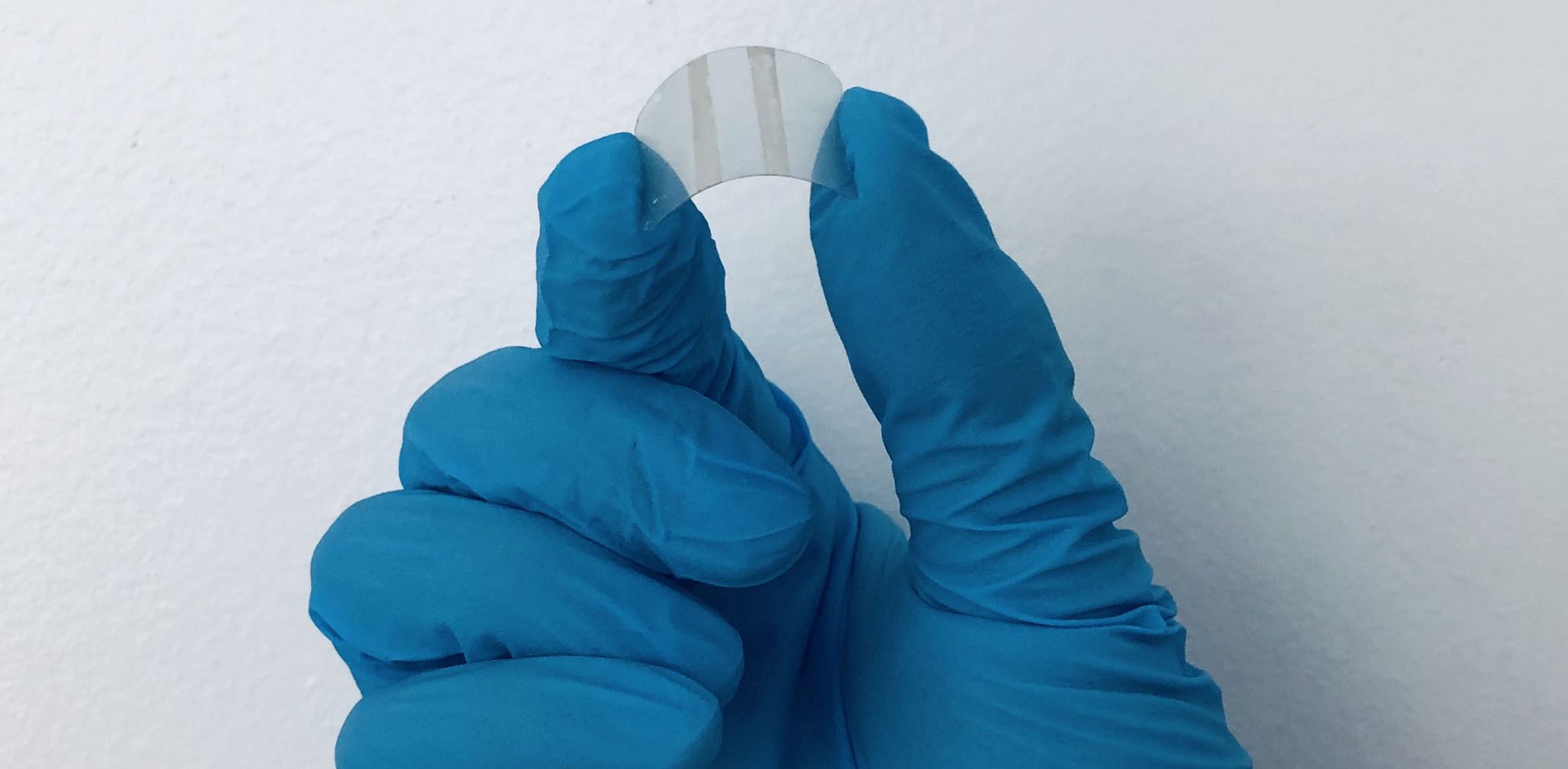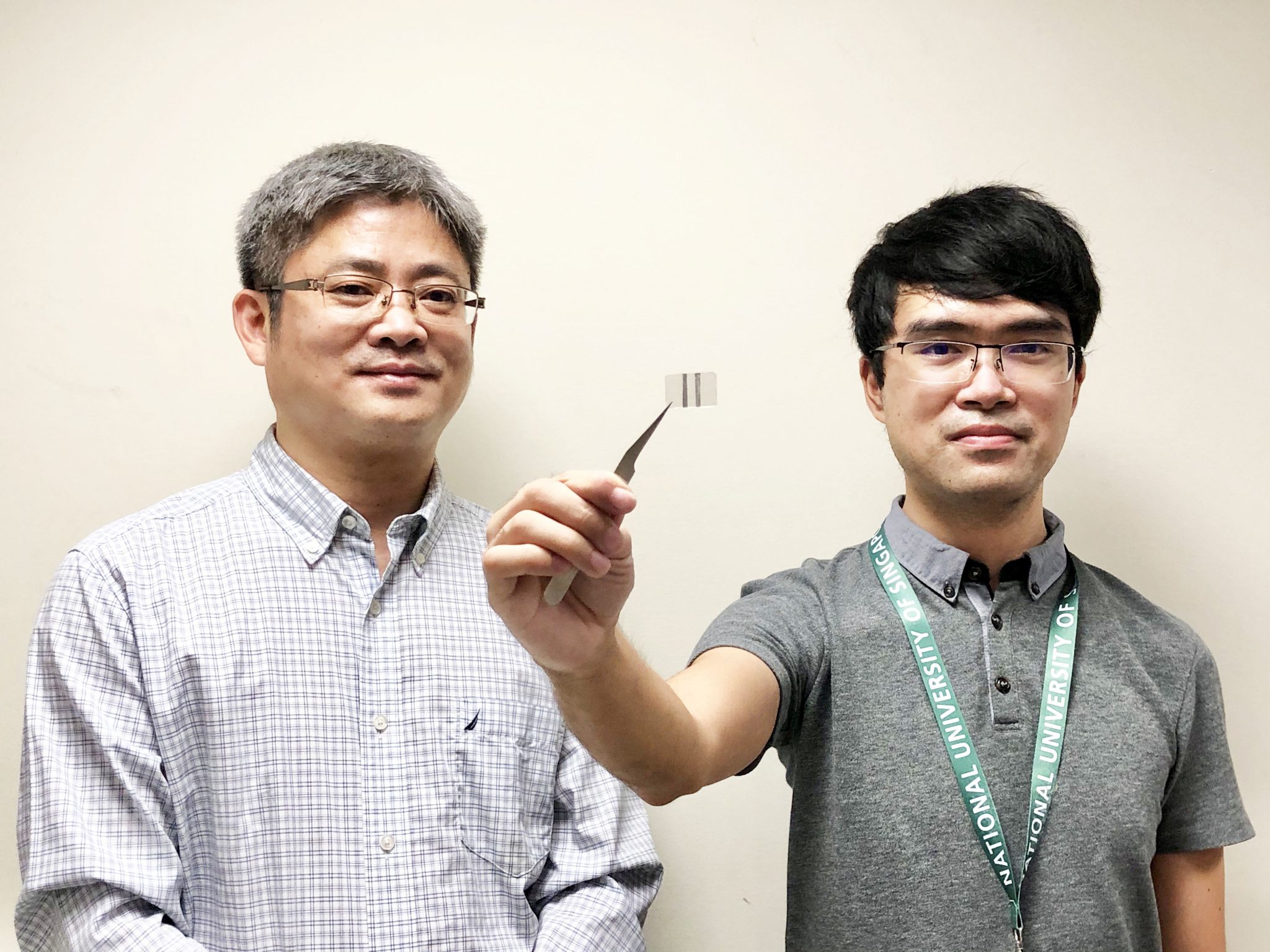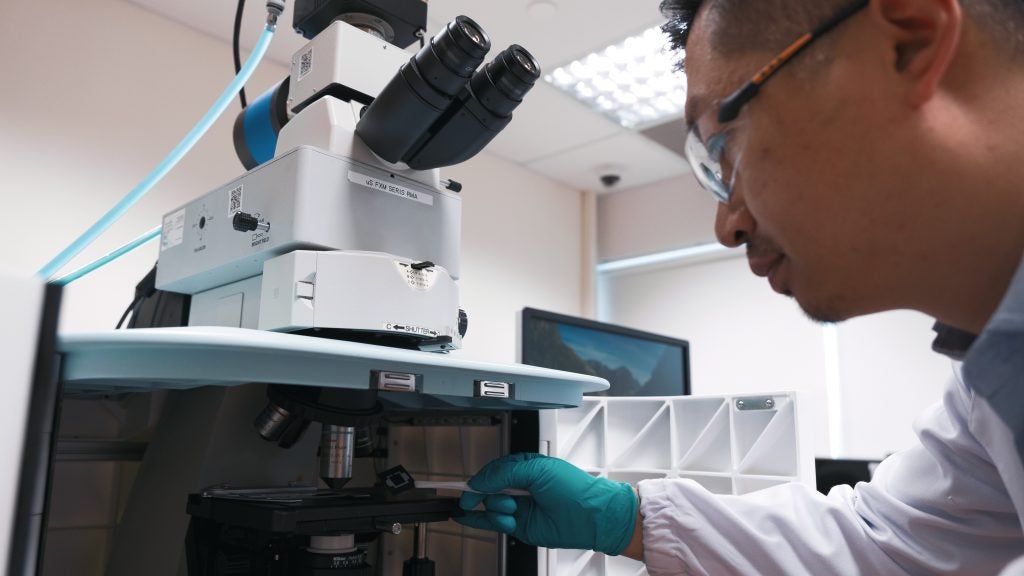
From data centres and factories to car engines and air conditioners, many trappings of modern society generate heat that is released uselessly into the environment. According to some estimates, up to half of all the energy used globally is squandered this way.
Not only is this inefficient in terms of resource use, it also represents a vast potential source of renewable power for an energy-hungry world.
For many years, engineers have been trying to find ways to capture and turn this waste heat into useful energy.
Thermoelectric generators (TEGs), first discovered almost two centuries ago, are solid-state devices that convert differences in temperature into electrical energy. But despite researchers testing a range of different materials, TEGs have so far not been able to generate enough electricity to be viable on a large scale.
Another challenge is that about two-thirds of the world's lost heat energy is considered low-grade, below 200°C; a temperature considered too low for many industrial applications.
Now a breakthrough finding by NUS Engineering researchers, recently published in the journal Advanced Energy Materials, could offer a solution from a new perspective.
Associate Professor Ouyang Jianyong and Dr Cheng Hanlin of the Department of Materials Science and Engineering found that using a combination of two conductive materials in a hybrid device can generate over four times as much power as a normal TEG, opening up new potential for harnessing the power lost as waste heat.
The key is that unlike standard TEGs, the hybrid generator produces electricity not only from a temperature difference, but also from temperature fluctuations.
From heat to electricity

A thermoelectric generator (TEG) uses a temperature differential to produce electricity when one end of the device is hotter than the other, generating a voltage across the two ends in a process called the Seebeck effect. The TEG generates power as long as the temperature difference is maintained. The larger the temperature difference, the more power is generated.
Thermoelectric generators have traditionally been built using materials which are electronic conductors - for example, the metals and semiconductors found in objects such as laptops and mobile phones, where current is generated by electrons flowing through the material.
Prof Ouyang's team were interested in the properties of a different type of conductor as thermoelectric materials - ionic conductors, in which charged ions flow instead of electrons. In what is known as the Soret effect, the number of ions gathering in one spot depends on the temperature at that spot - so heating up one end of an ionic conductor leads to a concentration of charged ions. This effect also produces a voltage, but one that is thousands of times greater compared to that produced by electronic conductors.
The problem for researchers has been that ionic conductors alone are unsuitable for TEGs, because the flowing ions cannot pass into regular electrical circuits.
Harnessing temperature fluctuations with a hybrid device
To increase the electrical output of an electronically conducting polymer, the NUS team led by Prof Ouyang coated it with an ionogel - an ionic conductor in a quasi-solid gel form. They succeeded in this, but in addition the team discovered another effect: more voltage was produced when the temperature fluctuated.

As the temperature changes, the ions respond by moving around the ionogel and, as they settle into their new configuration, extra voltage is generated. If the temperature fluctuates continuously - as is commonly the case with waste heat emissions - the extra voltage generated is maintained, leading to higher electricity yields.
The NUS team say their hybrid ionic/electronic thermoelectric converter (HTEC) is the first to be able to convert both temperature differences and fluctuations to electricity, delivering over four times more electrical power than a standard thermoelectric generator under the same heating conditions.
Furthermore, they say it has exciting potential for capturing the low-grade heat (below 200°C) that makes up the bulk of waste heat energy emitted by industry.
Previous research on TEGs had only focused on generating electricity from a static temperature difference, Prof Ouyang says. But for real-world waste heat, the temperature is not static. By tapping into the fluctuations in temperature in low-grade waste heat, the HTEC unlocks its huge unused potential as an energy source.
Whilst more research is needed, the NUS team believe their hybrid approach to thermoelectric power offers huge potential for new energy-efficient TEGs that generate more power from even low-grade heat, and are efficient enough to attract widespread commercial use.
This research was carried out by Associate Professor Ouyang Jianyong and Dr Cheng Hanlin of the Department of Materials Science and Engineering at NUS.





